Celebrating the Most Decorated Paralympians: A Historical Overview of Gold Medal Winners
As the Paralympic Games commence this week, we turn our attention to a comprehensive overview of the para-athletes who have garnered the most gold medals since the inception of the Games in 1960. This analysis is derived from the International Paralympic Committee’s Historical Results Archive and exclusively pertains to the Summer Games.
Leading the esteemed list is American swimming prodigy Trischa Zorn, who has amassed an unparalleled total of 32 gold medals during her illustrious Paralympic career, spanning from 1980 to 2004. Zorn is visually impaired, having been born with a genetic condition known as aniridia. In addition to her 32 gold medals, she has also achieved nine silver and five bronze medals, culminating in a remarkable total of 46 podium finishes. Zorn is one of two American athletes featured in the top rankings; the other is fellow swimmer Jessica Long, who has secured 16 gold medals and is set to compete once more at the Paris 2024 Paralympics.
In the second position is France’s Béatrice Hess, who has cerebral palsy and has achieved 20 gold medals from 1984 to 2004, alongside setting nine world records during her penultimate Paralympic appearance in Sydney 2000. Following her is Great Britain’s Sarah Storey, a highly decorated athlete born without a functioning left hand, who began her career in swimming but transitioned to cycling after suffering a severe ear infection. Storey, to date, has earned 17 gold medals, in addition to eight silvers and three bronzes, making her the most decorated British Paralympian.
Sweden’s Jonas Jacobsson is tied with Storey, also with a total of 17 gold medals, thus holding the record as the male Paralympian with the highest gold medal count in history. Jacobsson, who experiences a leg disability, competed in ten consecutive Summer Paralympics from 1980 to 2016, retiring after the Rio Games at the age of 51.
Completing this remarkable list are Italian Roberto Marson, Belarusian Ihar Boki, and British athlete Mike Kenny, each attaining 16 gold medals in swimming. Marson, in addition to swimming, has also engaged in athletics and fencing; he sustained a life-altering injury at the age of 16 when a pine tree he was cutting down fell on him. Kenny, who became paralyzed at the age of 26 due to a ladder accident, represents the resilience of para-athletes. Boki, who is visually impaired, is also slated to participate in the Paris 2024 Games.
To compete in the Paralympic Games, athletes must meet eligibility requirements under one of ten categories of impairment, which encompass eight different physical impairments, as well as one category addressing vision impairments and another for intellectual impairments. Each sport is denoted by a shorthand name, typically beginning with the first letter of the sport, accompanied by a code indicating the impairment group.
According to the International Olympic Committee (IOC), as established in the London 2012 Paralympic Games, guides in para athletics and para triathlon, as well as pilots in para cycling and para triathlon, are also recognized with medal awards. The dedication, perseverance, and achievements of these athletes not only illuminate their individual journeys but also inspire countless others across the globe.
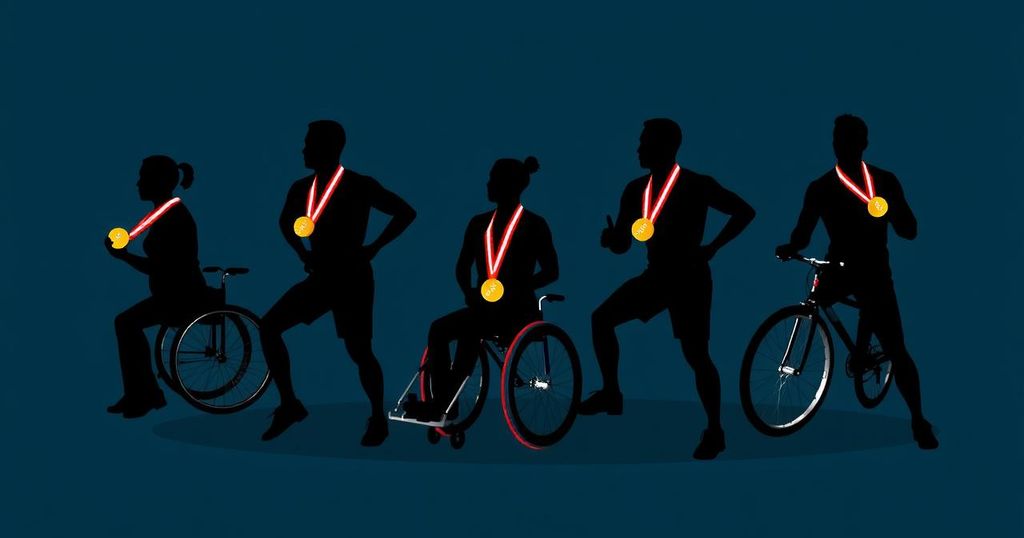
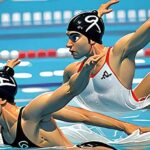



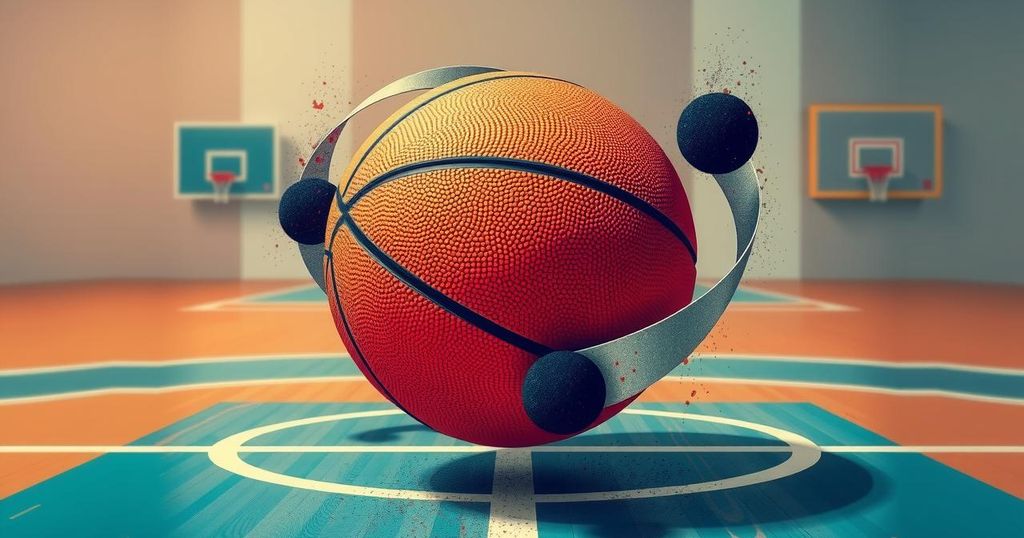
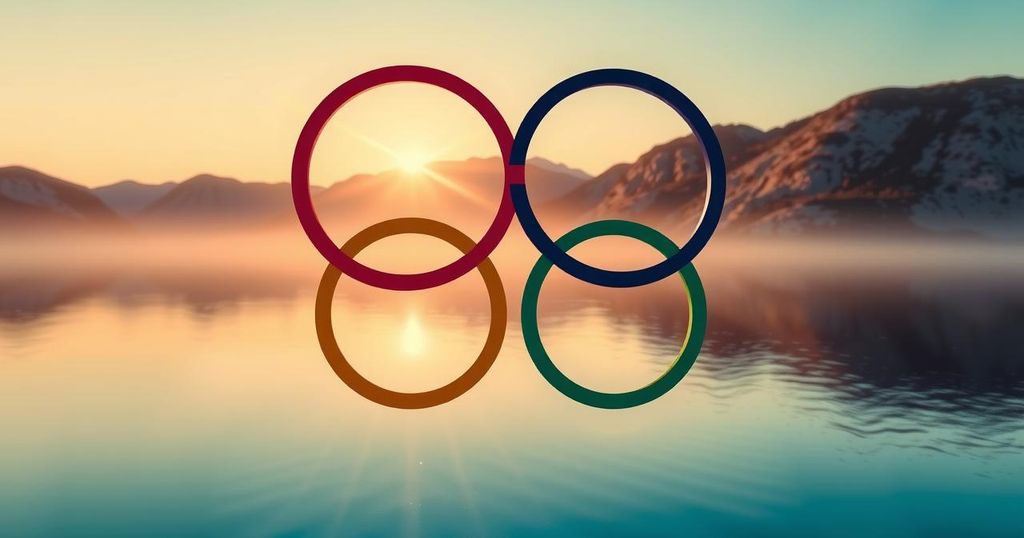
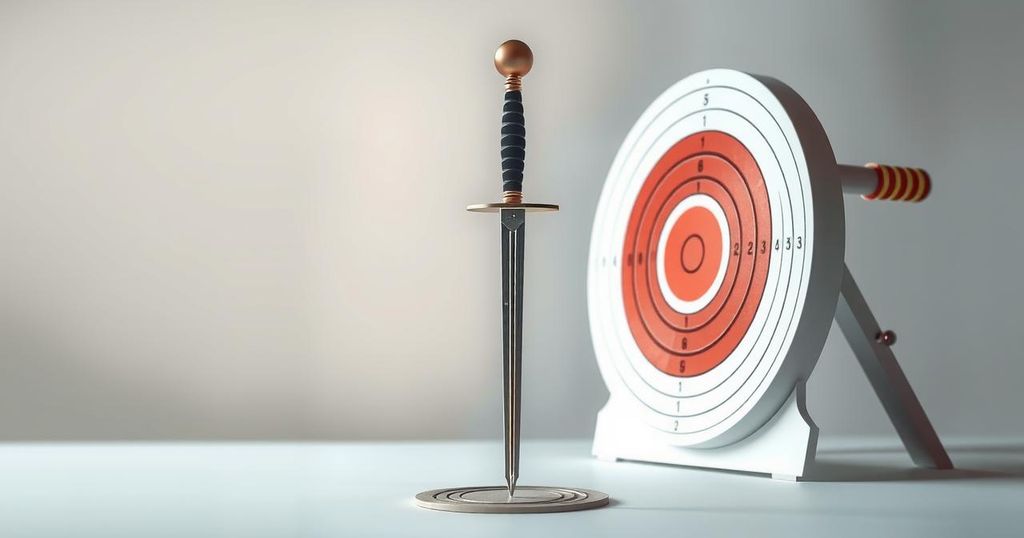
Post Comment